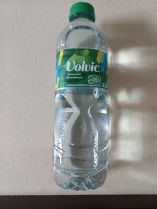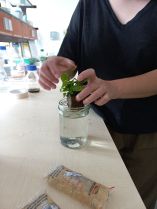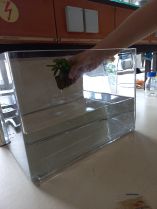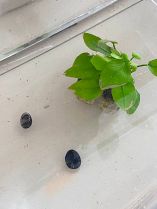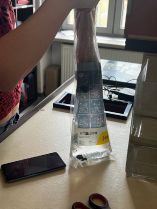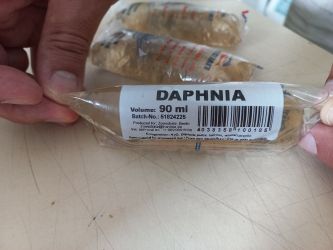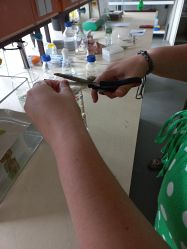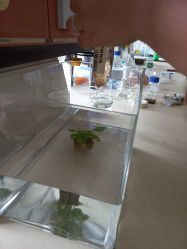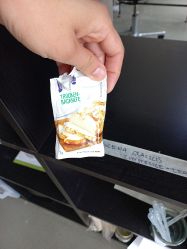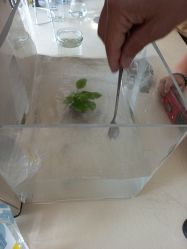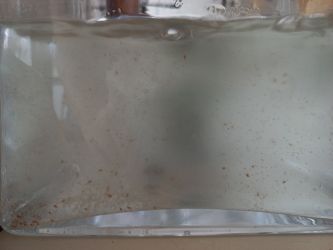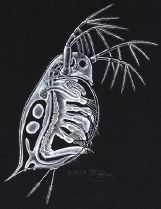
[Draft]
Daphnia pulex, commonly known as water fleas, are freshwater crustaceans closely related to shrimp. Though microscopic, Daphnia are among the most visible small crustaceans, ranging in size from 0.2 to 5 mm. Their reproduction alternates between asexual and sexual cycles, with females laying eggs in warmer conditions, while males are produced under stressful circumstances like overcrowding or cold temperatures.
Daphnia belong to the group of metazoans, which also includes nematodes, bristle worms, and tardigrades. Metazoans feed on algae, bacteria, and protozoa, such as amoebas, flagellates, and ciliates, which help regulate bacterial populations, cycle nutrients, and enhance water clarity. Metazoans play a role in controlling protozoa and bacteria levels.
Physical Characteristic
Daphnia pulex has a characteristic translucent carapace, which allows scientists to observe internal processes such as heart rate, digestion, and reproduction in real-time.
...
1. Setting Up the Aquarium
A small aquarium was used to contain the daphnia.
For the water requirement, 1.5L Volvic brand mineral water was used to maintain the pH between 6.5 and 8.5. Since Daphnia are sensitive to chlorine, the water must be dechlorinated water.
The water plant and the snails were placed to regulate the oxygen inside the water and to filter.
Also, the water temperature must be between 18°C to 25°C, therefore, the tank was placed in the daylight in the lab to provide sufficient conditions.
2. Introducing the Culture
3x90 ml Daphnia culture was introduced to the tank.
3. Feeding the Daphnia
2-3 small pinch of baker’s yeast was dissolved in water. Afterwards the water started to get cloudy.
The culture was fed in every 1-2 days.
4.Troubleshooting
Unfourtanetly, the amount of the yeast caused the overfeeding for fleas. For the further process the amount of it must be less than before and the water clarity should be take into consediration to avoid overfeeding.
Documentation by Melisa Aslan
5.References
Daphnia pulex. (n.d.-b). Retrieved on 06.09.2024 from https://cfb.unh.edu/cfbkey/html/Organisms/CCladocera/FDaphnidae/GDaphnia/Daphnia_pulex/daphniapulex.html
Hill, P. (2022, August 17). Lagoon Water fleas as indicator organisms: About Daphnia | Triplepoint Environmental. Triplepoint Environmental. Retrieved on 06.09.2024 from https://lagoons.com/blog/algae/lagoon-water-fleas/
Wikipedia. (2023, December 3). Daphnia pulex. Retrieved on 06.09.2024 from https://en.wikipedia.org/wiki/Daphnia_pulex
